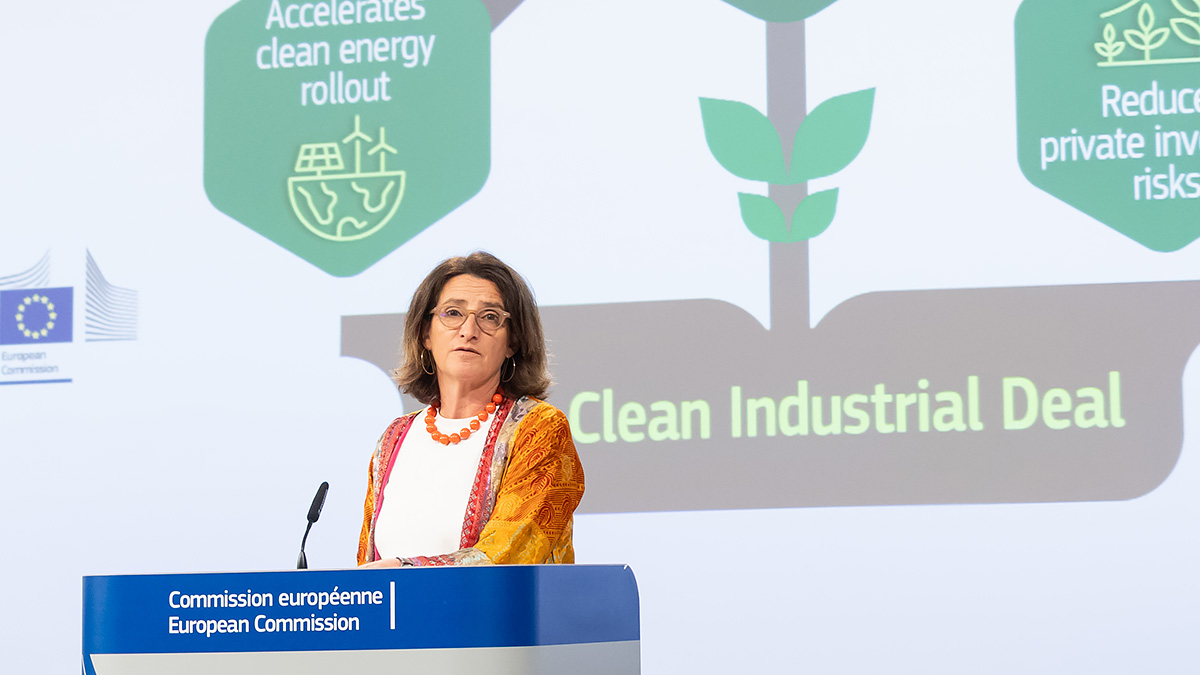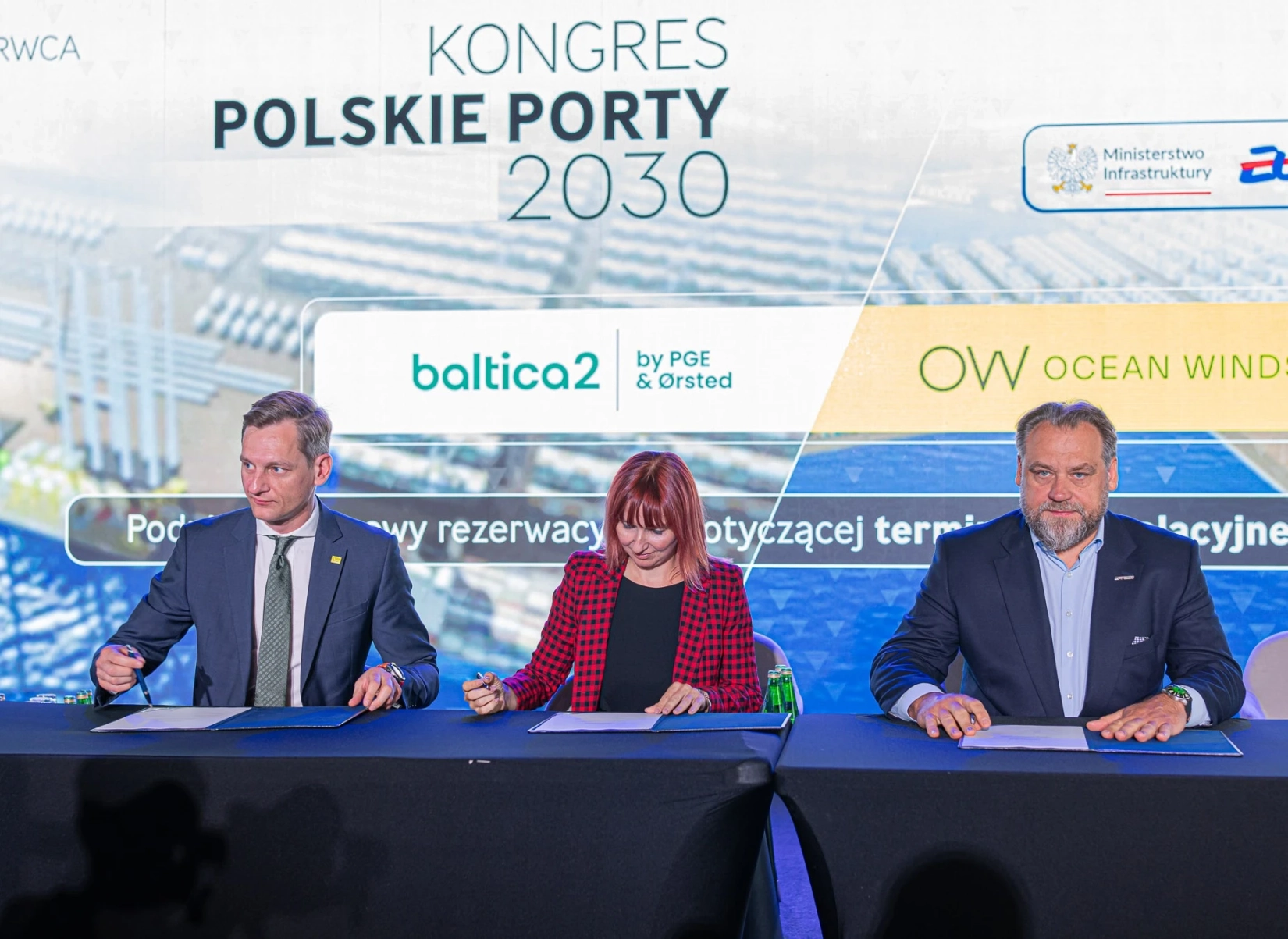Sweden is on the cusp of a significant surge in demand for fossil-free electricity, yet uncertainties in the investment landscape loom large. Currently, Sweden lacks mechanisms to distribute risks for large-scale electricity production investments. To address this gap, Svensk Vindenergi commissioned ELS Analysis to compile a report on Contracts for Difference (CfD), a tool for risk allocation in electricity production.
Main conclusions of the analysis are following:
- The call for governments to support build-out of new low-carbon energy production is increasing. The investment environment has, however, proven difficult lately and the market signals that the financial risk prevents investors from taking final investment decisions.
- Support schemes have developed from fixed subsidy schemes to more market based risk management tools. Different technologies require different kind of support, depending on their different business models and characteristics.
- For low-carbon energy production support schemes can be grouped into investment-based schemes and revenue stabilisation schemes. CfDs belongs to the latter group and have been increasingly used for renewable energy projects. Since renewable projects have a high upfront cost and a low operational cost, volatile electricity prices and uncertain revenue streams present the largest risks for investors.
- The need for risk-sharing does not mean that projects necessarily are unprofitable, but rather that investors need security regarding revenue stabilisation. A traditional CfD provides a price risk hedge by setting a fixed strike price for every unit of produced electricity. In a two-sided CfD, a state entity bears the downside risk, i.e. if the reference price (the market price) trades below the set strike price the “state” pays the electricity generator and if the reference price trades above the strike price, the generator pays the state the upside difference.
- There are several design options that need to be considered when introducing a CfD scheme. It is very important to clarify the objectives behind the scheme and evaluate how it will interact with other national policy priorities and markets.
- Funding the CfD scheme is one of the most difficult design options, since the choices reflect how much risk the state is willing to take. The government can decide to limit the budget to only the predicted technical cost of the project, or base its cost assumption on a net present value methodology and even inflation adjust the contract’s strike price.
- All these different design options are predicated on policy/political priorities, but also a deep knowledge of the market and specific project costs. It also requires the state to have the legal expertise and capability necessary to plan and execute a CfD scheme, either through an auction or an administrative allocation, and finally to enter into a contract with the electricity generator.
- Concerns have been raised over price hedging long-term contracts’ impact on the wholesale electricity market. When a large part of the market is shielded from price signals the effect could be that hedged generators do not adjust their production according to the needs of the market. Thus, price volatility increases through imbalances. This report acknowledges this fact, but does not necessarily conclude that this is the root of the problem, since the current marginal pricing system lacks sufficient incentives to prevent producers with low production costs to maximise their production even when they are un-hedged.
- The EU favours double-sided CfDs among other price support schemes in the updated legal texts of the electricity reform package. However, compared to the initially proposed text on CfDs, making them mandatory, the union’s CfD aims have been watered down, leaving member states with more flexibility.
- The broader market signals show investments being directed into those markets where the state provides some level of risk sharing. The competitive landscape is increasingly formed around those governments providing the best designed CfD schemes. However, business models can vary a lot and investments can happen without CfDs. This conclusion should be a general understanding of the business and market environment.
With Sweden’s electricity demand projected to double by 2045, the urgency to ramp up production and investment is evident. However, the pace of expansion remains sluggish. Amid debates on boosting investments in electrification, attention turns to how support for new fossil-free electricity production should be structured.
Many countries utilize various risk-sharing instruments, such as CfDs, to allocate risks between the market and the state in projects like offshore wind and nuclear power. CfDs have proven effective in expediting investment decisions and accelerating the deployment of new electricity production.
Unlike most countries, Sweden currently lacks support or risk-sharing mechanisms for offshore wind power. CfDs emerge as a potential solution, discussed in various contexts, including the EU’s revised electricity market reform and the Swedish government’s newly established inquiry on electricity market design.
Svensk Vindenergi’s initiative to commission a report on CfDs aims to enhance understanding of their potential, their comparison to other support systems, their optimal design, their role in risk distribution, and the requirements for their effective implementation. This effort signals a crucial step towards facilitating investment in fossil-free electricity production and advancing Sweden’s transition to a greener energy future.
Full ELS Analysis is available here: https://svenskvindenergi.org/wp-content/uploads/2024/03/ELS-Navigating-Support-Schemes-contracts-for-difference-in-perspective-March-2024.pdf
Source: Swedish Wind Energy Association













